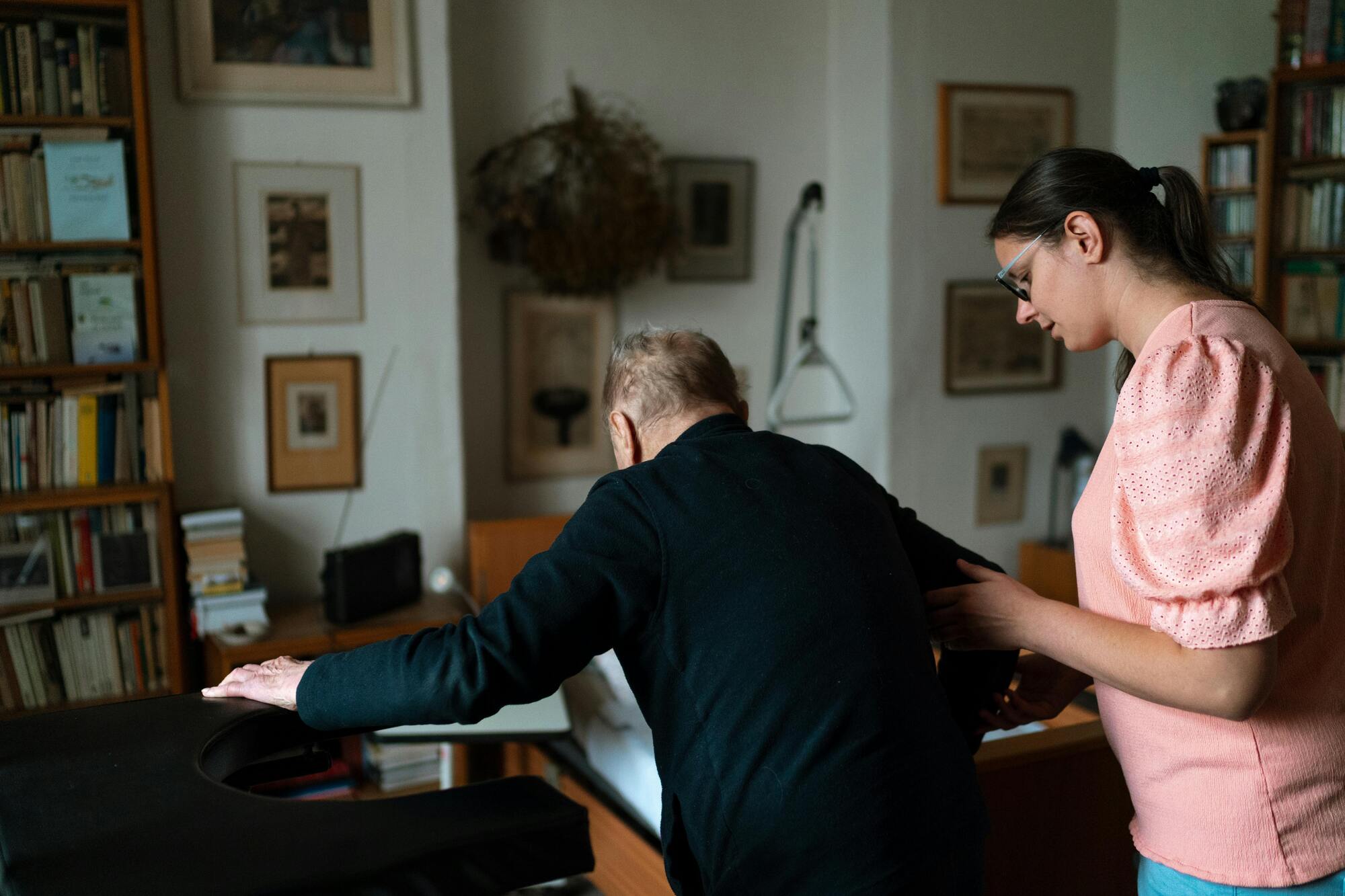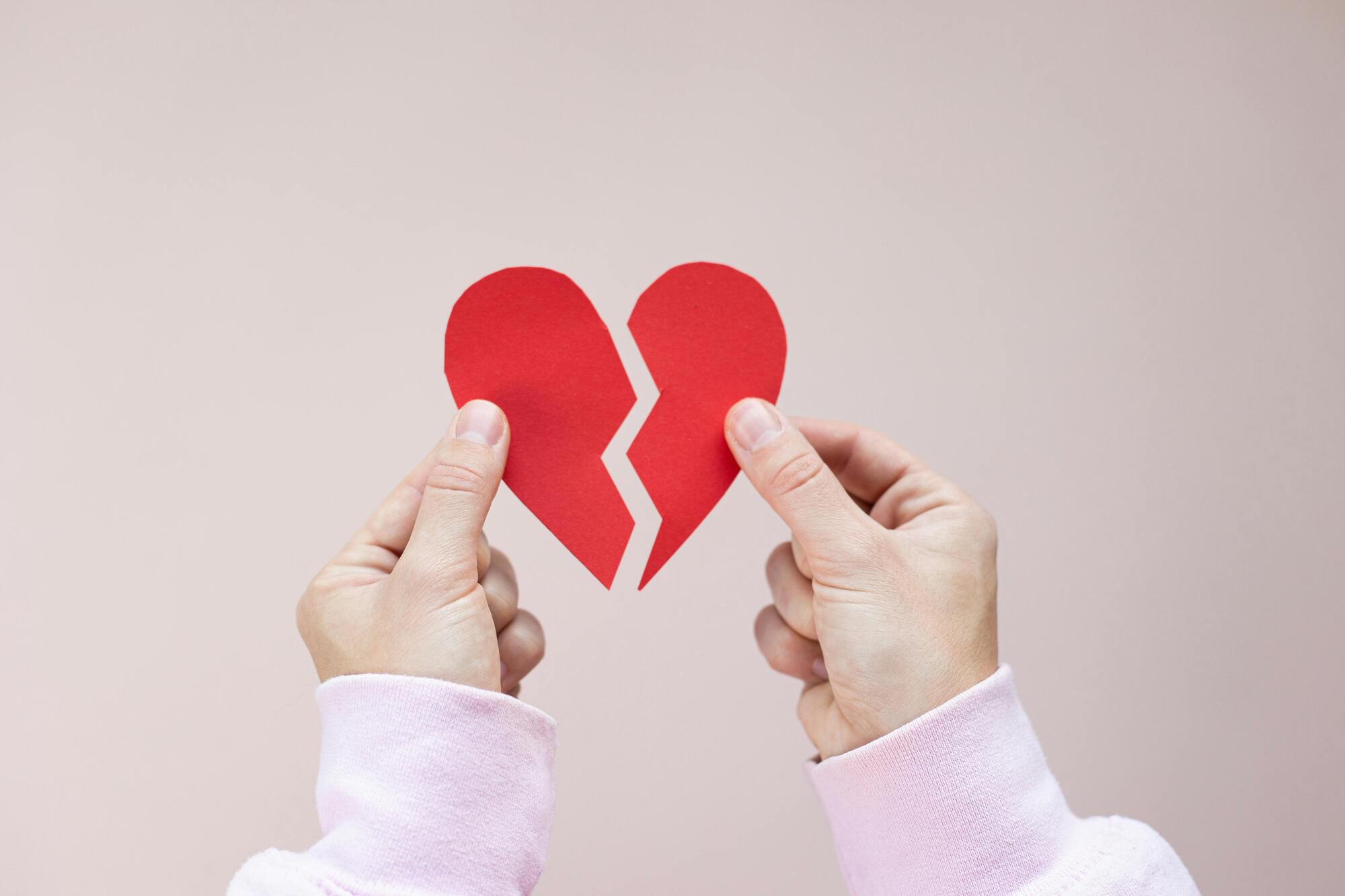Life After a Stroke
A stroke can change an entire life in a very short time. The consequences of a stroke can vary greatly in magnitude: The sooner help is available, the better the chances for even complete and rapid rehabilitation. But what if the blood flow disturbance in the brain has persisted longer and caused more severe nerve damage? Then it may lead to long-term disabilities.
We show what life after a stroke can look like and what can help at home!
The Consequences of a Stroke
A stroke affects sensitive brain regions of humans that are directly connected to our physical, cognitive, and psychological performances. When a stroke causes damage in these areas, it impacts all three domains. Hemiplegia, concentration and language disorders, as well as psychological problems, are often part of the subsequent observations.
What can you do if you are affected by a stroke?
- Even while still in clinical care, one should have an appropriate care level determined by the Medical Service. This way, one can arrange for monthly financial support and organize care-related services.
- Furthermore, there are rehabilitation options available through experts such as occupational, physical, and speech therapists, who assist in relearning certain skills. Rehabilitation can be done on an inpatient as well as an outpatient basis. Often, a combination of both models is used.
- Your own home should ideally be made accessible for the disabled, as impairments often persist at least in the medium term. We show what can be done here.
Important Note:
Apply for aids in a timely manner Before making modifications and installations in your home, you need to apply for and get approval for aids. Usually, the medical staff will discuss these topics directly with you in the hospital and advise you on options and the process.
Optimally adapt the living environment
It is often necessary to make alterations within the four walls of those affected. These can be simple modifications to the walls, or it could be adjusting the width of door frames to allow wheelchair access. However, more extensive measures might be needed, such as a barrier-free bathroom. Consider room by room what will be necessary.
The Bedroom
First of all, it should be checked whether the bedroom is easily accessible or if, for example, stairs need to be managed. If stairs are involved: Can they be managed, is an additional handrail needed, or even a stair lift? Is the bed still suitable? Can the person get in and out independently, is a patient lift and a care bed needed? Does a commode chair need to be placed in the bedroom, or is the bathroom easy and directly accessible?
The bathroom
The bathroom should be designed so that you can manage personal hygiene as independently as possible. Grab bars on the walls could be practical for the toilet and shower. If the shower entry cannot be managed, the shower may need to be barrier-free, i.e., at ground level. Additionally, a raised toilet seat might be necessary. Purchases such as a folding shower seat and a tiltable bathroom mirror can also help.
The Living Room
In the living room, it's important to eliminate any potential tripping hazards. These could already be the edges of carpets. Here lies a potential tripping danger, and for those using a walker or wheelchair, these small elevations can also be unnecessary obstacles. If getting up from a chair is difficult, an armchair with a so-called ejector seat can be worthwhile. This supports standing up with automatic upward movement of the seat cushion.
Valuable Everyday Helpers
There are a number of innovative gadgets that can provide valuable support for physical disabilities. This includes, for example, the one-handed cutting board for the kitchen with a raised edge to enable one-handed cutting. Angled cutlery helps with reduced arm function. Attaching a jar opener makes it possible to open jars and bottles with one hand. Many small kitchen aids such as an apple peeler, vegetable peeler, tube squeezer, and grab aids also make working in the kitchen easier. These aids are also available for personal hygiene – for example, a comb with an extension, a washcloth with soap, or even a back lotion applicator. Perhaps most important, and also helpful for mental relaxation, is a smartwatch with an emergency call function or a home emergency call system for emergencies.
Finally: individual measures
The important thing to know about a stroke is that each case is different. With prompt medical care, a stroke can be cured within a few days without severe consequences. However, in more severe cases, dealing with the aftermath can become a lifelong challenge.
Seek advice and take advantage of offers
Talk to the responsible medical staff from the start as a relative, inquire about further counseling centers, apply for financial support in a timely manner, and take advantage of the available rehabilitation options - inpatient, outpatient, or even at home.
The psyche also needs good rehabilitation
It is also very important to address the psychological care, which often additionally and sometimes even predominantly burdens patients. Admitting to being vulnerable, impaired, and dependent on help is sometimes hard to accept. Here, a therapeutic offer can become even more important to achieve holistic healing.
Help for Relatives – Get in Touch with Us
You are a relative of a stroke patient and are looking for information, support, and someone to listen? We are happy to provide advice at the phone number 089/8099027-00 – and look forward to your call!
Sources
Consequences of a Stroke (undated). German Stroke Foundation. Retrieved on February 13, 2023
Flöer, C. & Saß, M. C. (2022, November 10). Stroke: Treatment / Therapy & Rehab . Retrieved on February 27, 2023
W. (2023, January 26). Life After a Stroke - What Changes? Magazine of IDEAL Insurance. Retrieved on March 3, 2023
Our Brochure - Back Home . (n.d.). German Stroke Foundation. Retrieved on March 5, 2023
famPLUS - Competent in Everyday Care.


